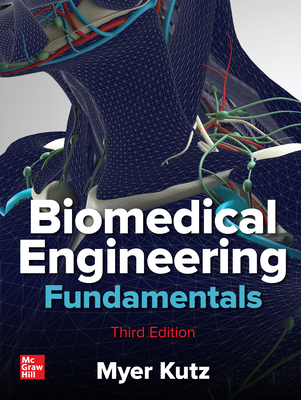Computational Hemodynamics - Theory, Modelling and Applications (Biological and Medical Physics, Biomedical Engineering)
暫譯: 計算血流動力學 - 理論、建模與應用(生物與醫學物理學、生物醫學工程)
Jiyuan Tu, Kiao Inthavong, Kelvin Kian Loong Wong
- 出版商: Springer
- 出版日期: 2015-03-23
- 售價: $7,920
- 貴賓價: 9.5 折 $7,524
- 語言: 英文
- 頁數: 351
- 裝訂: Hardcover
- ISBN: 9401795932
- ISBN-13: 9789401795937
-
相關分類:
流體力學 Fluid-mechanics
海外代購書籍(需單獨結帳)
相關主題
商品描述
This book discusses geometric and mathematical models that can be used to study fluid and structural mechanics in the cardiovascular system. Where traditional research methodologies in the human cardiovascular system are challenging due to its invasive nature, several recent advances in medical imaging and computational fluid and solid mechanics modelling now provide new and exciting research opportunities. This emerging field of study is multi-disciplinary, involving numerical methods, computational science, fluid and structural mechanics, and biomedical engineering. Certainly any new student or researcher in this field may feel overwhelmed by the wide range of disciplines that need to be understood.
This unique book is one of the first to bring together knowledge from multiple disciplines, providing a starting point to each of the individual disciplines involved, attempting to ease the steep learning curve. This book presents elementary knowledge on the physiology of the cardiovascular system; basic knowledge and techniques on reconstructing geometric models from medical imaging; mathematics that describe fluid and structural mechanics, and corresponding numerical/computational methods to solve its equations and problems.
Many practical examples and case studies are presented to reinforce best practice guidelines for setting high quality computational models and simulations. These examples contain a large number of images for visualization, to explain cardiovascular physiological functions and disease. The reader is then exposed to some of the latest research activities through a summary of breakthrough research models, findings, and techniques.
The book’s approach is aimed at students and researchers entering this field from engineering, applied mathematics, biotechnology or medicine, wishing to engage in this emerging and exciting field of computational hemodynamics modelling.
商品描述(中文翻譯)
這本書討論了可以用來研究心血管系統中流體和結構力學的幾何和數學模型。由於傳統的人類心血管系統研究方法具有侵入性,因此面臨挑戰,但最近在醫學影像和計算流體及固體力學建模方面的幾項進展,現在提供了新的和令人興奮的研究機會。這個新興的研究領域是多學科的,涉及數值方法、計算科學、流體和結構力學以及生物醫學工程。對於任何新進的學生或研究人員來說,可能會因為需要理解的廣泛學科而感到不知所措。
這本獨特的書是首批將多個學科的知識結合在一起的書籍之一,為每個相關學科提供了一個起點,試圖減輕陡峭的學習曲線。這本書介紹了心血管系統生理學的基本知識;從醫學影像重建幾何模型的基本知識和技術;描述流體和結構力學的數學,以及相應的數值/計算方法來解決其方程和問題。
書中提供了許多實用的例子和案例研究,以強化設置高質量計算模型和模擬的最佳實踐指導。這些例子包含大量的圖像以便於視覺化,解釋心血管生理功能和疾病。讀者隨後將通過突破性研究模型、發現和技術的總結,接觸到一些最新的研究活動。
本書的目標讀者是來自工程、應用數學、生物技術或醫學的學生和研究人員,旨在讓他們參與這個新興且令人興奮的計算血流動力學建模領域。











